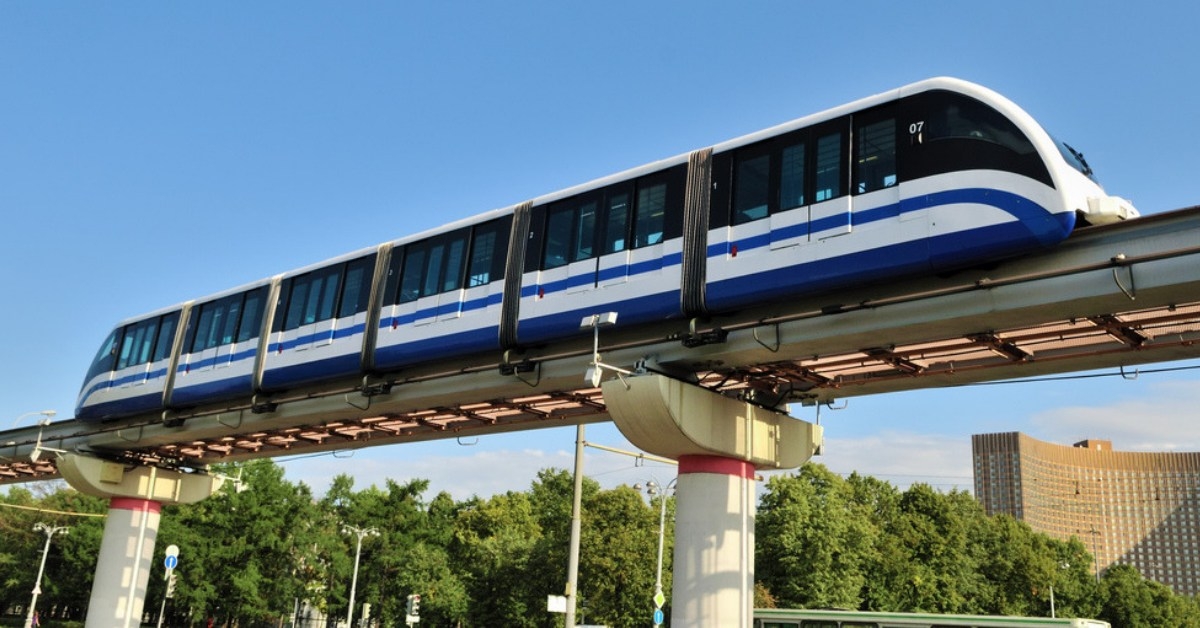Train HVAC: The Importance of HVAC Systems in Modern Trains

Modern trains are equipped with complex HVAC (Heating, Ventilation, and Air Conditioning) systems to regulate the temperature inside passenger carriages. A train HVAC system works to heat and cool the air, circulate it properly inside the carriage compartments, and remove moisture, vapors, and odors. This helps maintain thermal comfort for passengers throughout their journey.
Heating, Ventilation, and Cooling Components
The main components of a Train HVAC system include air handlers, compressors, condensers, fans, ductwork, filters, and thermostats. Air handlers contain fans that draw air from outside or recirculate internal air. Compressors and condensers are used in the refrigeration cycle for cooling. Fans propel air through ductwork that distributes it to different areas. Filters trap particulates for cleaner air. Thermostats monitor and regulate temperature.
Some trains have individual room units, while others rely on central air handling. Diesel locomotives often use heat exchangers that tap into the engine's coolant and exhaust systems. Electric multiple unit trains get climate control from roof-mounted or undercarriage HVAC packs. Modern coach cars have independent climate zones for flexibility.
Thermal Comfort is Crucial for Passenger Experience
Providing consistent thermal comfort is hugely important for passenger satisfaction on long rail journeys. Uncontrolled temperature, humidity levels, drafts or stale air can cause numerous issues like fatigue, sickness, irritability and reduced productivity. Proper HVAC allows people to travel in a safe, hygienic environment conducive to work or rest.
It also impacts revenue, as passengers will avoid trains without reliable climate control. Thermal comfort enhances the travel experience and encourages repeated patronage. Carriage interiors need to be free of wide swings in temperature, moisture or air quality to keep occupants content. Precise HVAC operation helps railroads deliver a premium service.
Critical Role During all Seasons and Weather Conditions
Train HVAC has a critical role throughout the year in diverse outdoor conditions. In summer, efficient cooling removes excess heat from carriage enclosures. Systems work hard against solar gains from large interior glass surfaces and body heat of many occupants. Failure is simply not an option during hot weather travel.
During winter, HVAC provides essential warmth inside uninsulated metal carriages that lose heat rapidly to chilly outside air. Rapid temperature drops or insufficient heating risks passenger discomfort, health issues and safety concerns like slippery conditions. Dehumidification is also vital to prevent condensation buildup.
Get more insights on Train HVAC
- Industry
- Art
- Causes
- Crafts
- Dance
- Drinks
- Film
- Fitness
- Food
- Jeux
- Gardening
- Health
- Domicile
- Literature
- Music
- Networking
- Autre
- Party
- Religion
- Shopping
- Sports
- Theater
- Wellness
- News


